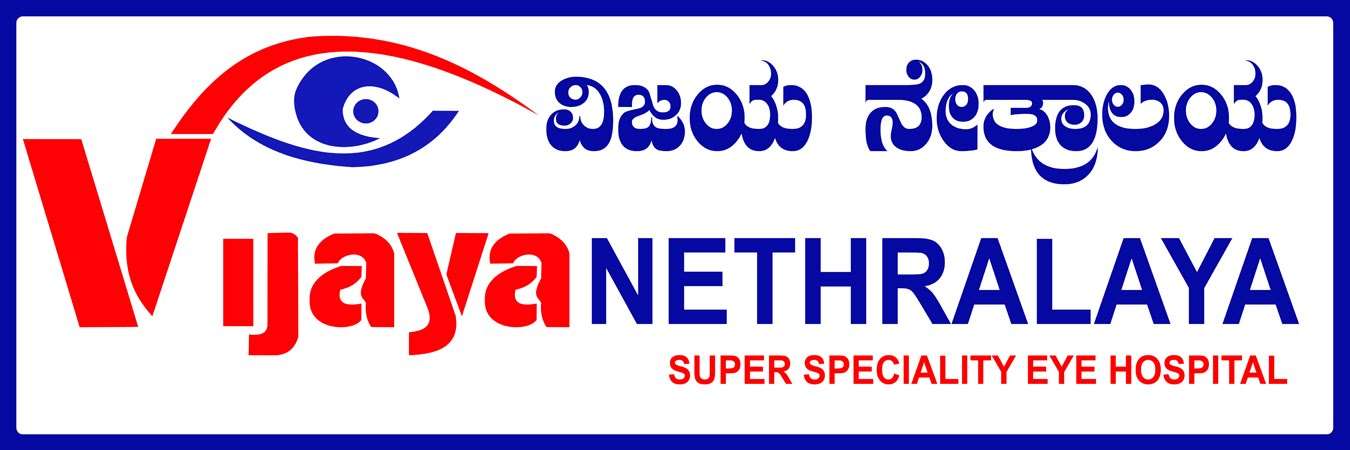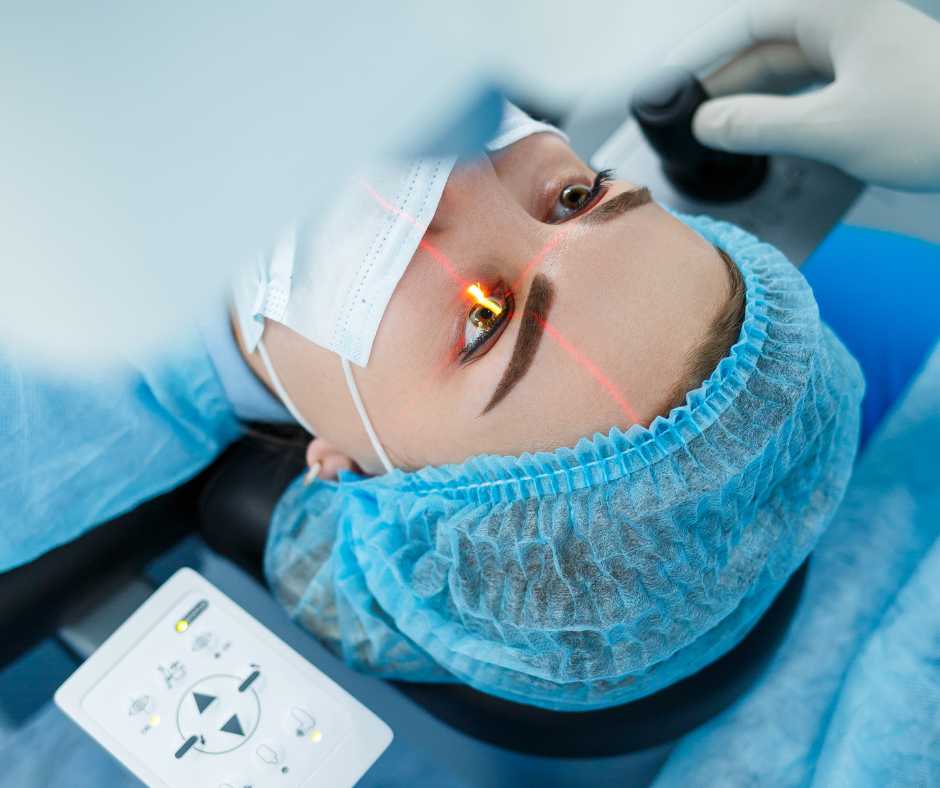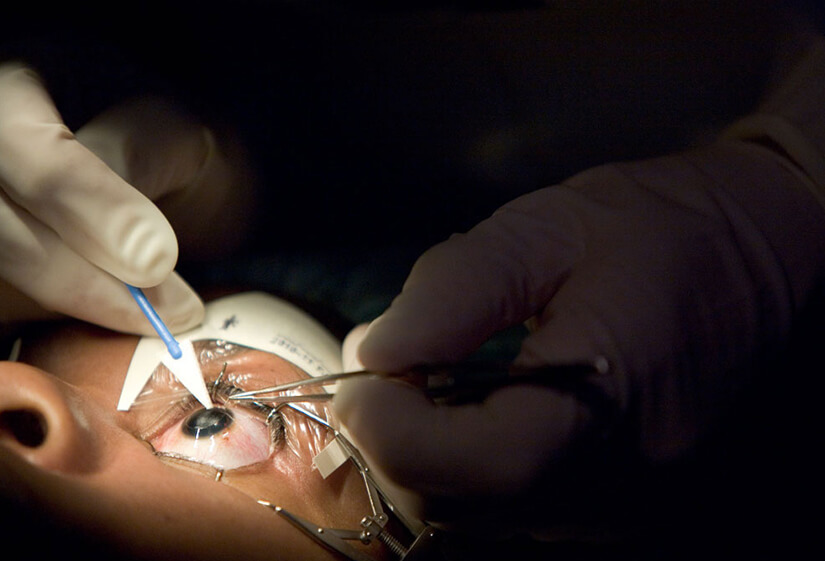What is LASIK Eye Surgery?
Surgeons perform LASIK (Laser-Assisted in Situ Keratomileusis), a revolutionary eye surgery designed to correct common vision problems such as nearsightedness (myopia), farsightedness (hyperopia), and astigmatism. It uses advanced laser technology to reshape the cornea, the transparent layer at the front of the eye, helping light enter the eye properly and improving vision. Llasik eye surgery, meaning lasik surgery is highly effective and often eliminates or reduces the need for glasses or contact lenses.
How Does LASIK Eye Surgery Work?
lasik eye surgery meaning and The LASIK procedure typically involves three main steps:
- Creating a Thin Flap in the Cornea: The surgeon uses a microkeratome (a precise surgical instrument) or a femtosecond laser to create a thin, hinged flap in the cornea.
- Reshaping the Cornea: A specialized laser is then used to remove precise amounts of corneal tissue, reshaping the cornea to allow light to focus correctly on the retina.
- Repositioning the Flap: Once the cornea is reshaped, the surgeon carefully repositions the flap, where it naturally adheres without the need for stitches. This flap helps to promote rapid healing and faster recovery.
Who is a Candidate for LASIK Surgery?
Ideal candidates forLASIK eye surgery are individuals who:
- Are at least 18 years old.
- Have had stable vision for at least one year.
- Have a prescription within the treatable range (typically between -8.00 and +4.00 diopters).
- Are in good overall health and do not have conditions that could interfere with the healing process, such as uncontrolled diabetes or certain autoimmune disorders.
Benefits of LASIK Eye Surgery
- Quick Recovery: Most patients experience improved vision within 24 to 48 hours after the procedure.
- Long-Lasting Results: LASIK provides permanent vision correction, though some patients may still need reading glasses as they age.
- Reduced Dependence on Glasses and Contacts: Many patients experience a significant reduction in the need for corrective lenses.
- Painless Procedure: LASIK is minimally painful, with many patients reporting no discomfort during the surgery.
Is LASIK eye surgery safe?
Doctors consider LASIK a safe and effective procedure, with millions of successful surgeries performed worldwide. However, like any medical procedure, it does come with some risks, including dry eyes, glare, and halos around lights, especially at night. It’s crucial to have a thorough consultation with an experienced ophthalmologist to determine if LASIK is right for you and to understand the potential risks and benefits.
Cost of LASIK Eye Surgery
The cost of LASIK surgery can vary depending on various factors, including the surgeon’s expertise, the type of LASIK technology used, and the location of the surgery. On average, the cost ranges from $2,000 to $3,000 per eye. Many clinics offer financing options to help make the procedure more affordable.
LASIK Eye Surgery Aftercare
After LASIK surgery, patients are typically advised to follow a few simple aftercare steps:
- Rest your eyes for the first few hours postsurgery.
- Use prescribed eye drops to prevent infection and reduce dryness.
- Avoid rubbing your eyes and protect them from dust and debris.
- Attend follow-up appointments to monitor your healing progress.
Conclusion:
LASIK eye surgery has transformed the lives of millions of people by offering a long-term solution for vision correction. With high success rates, minimal discomfort, and a quick recovery time, LASIK is a popular choice for those looking to reduce or eliminate their dependence on glasses or contact lenses. If you’re considering LASIK, consult with an experienced ophthalmologist to determine if you’re a good candidate for the procedure and to learn more about the potential benefits and risks involved.












